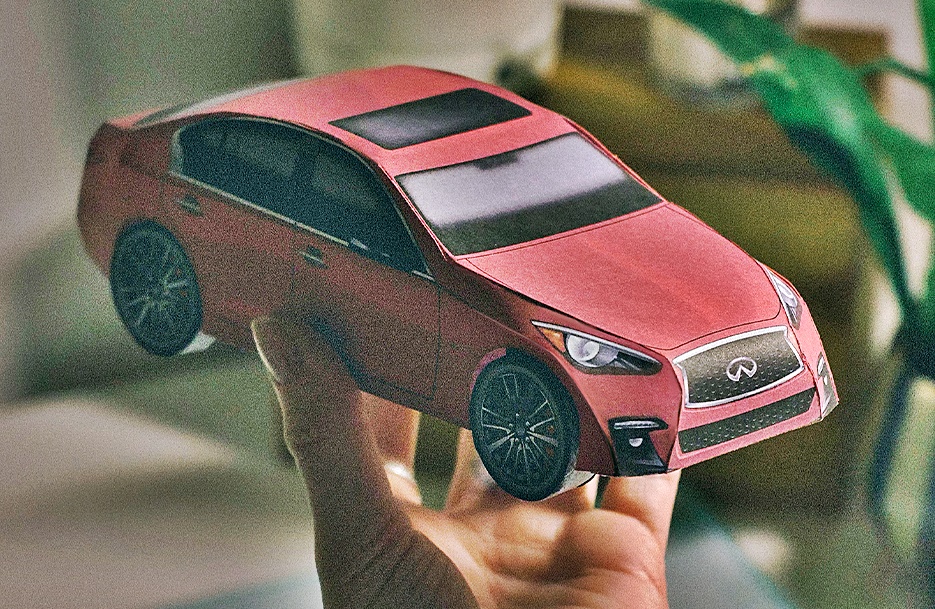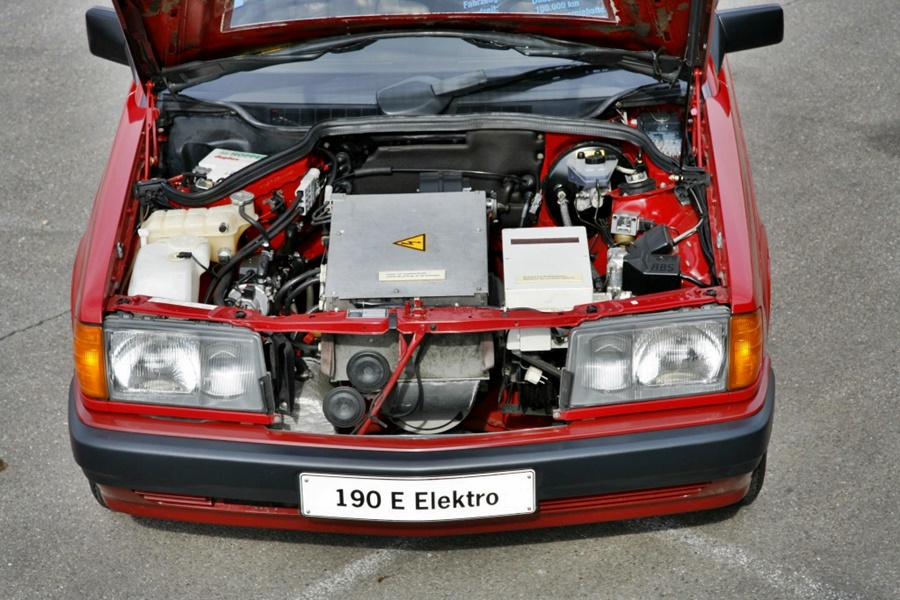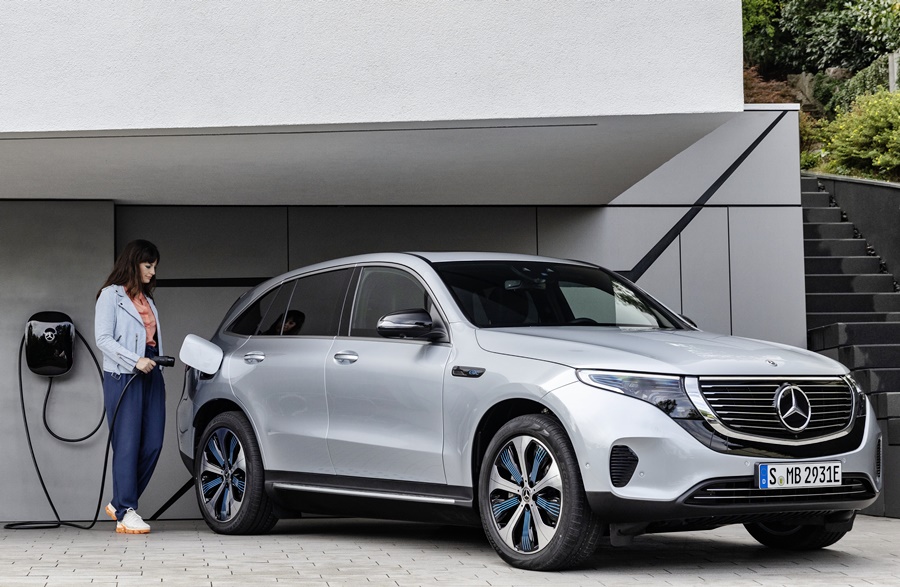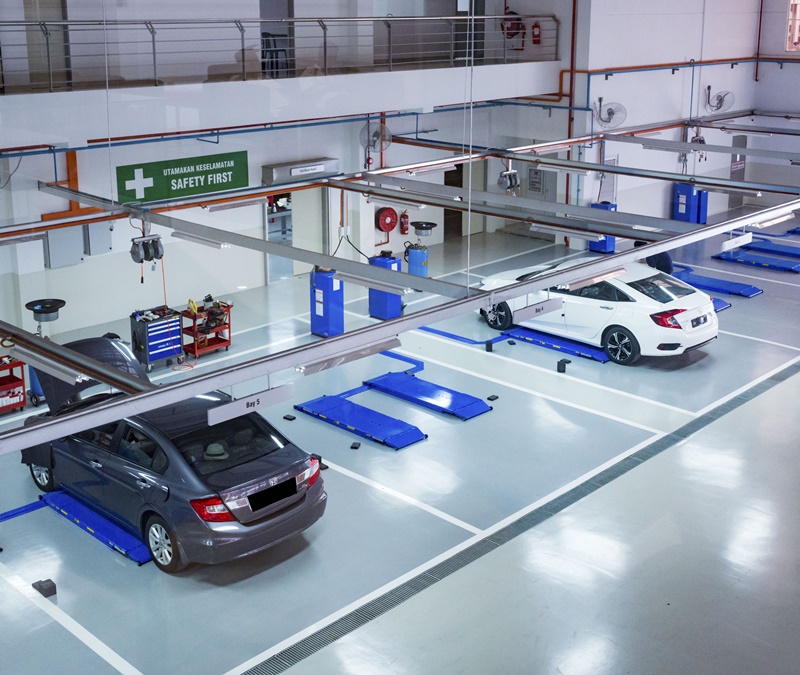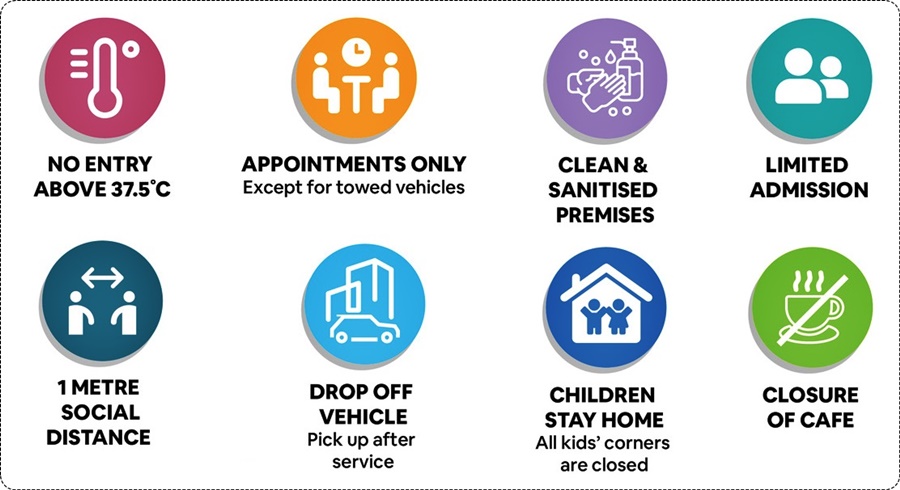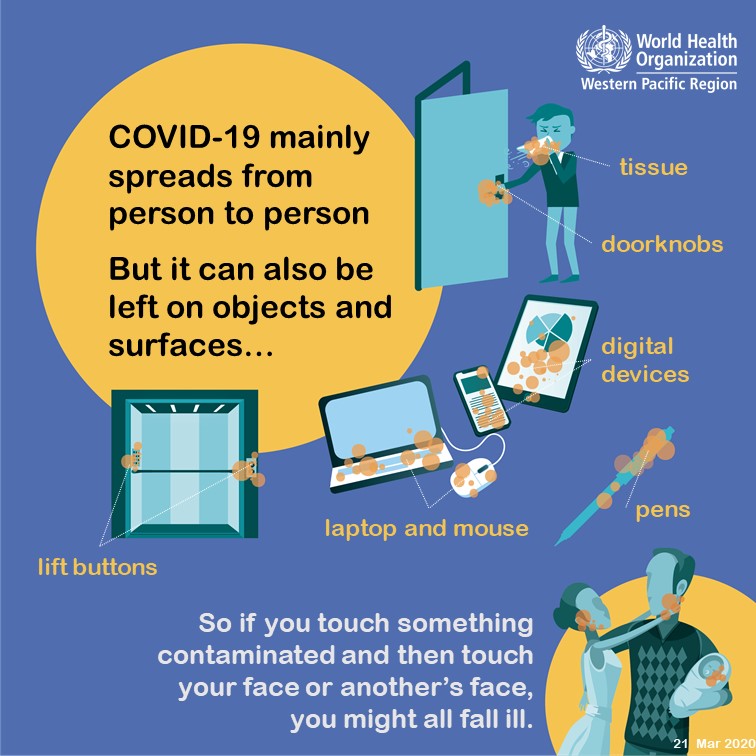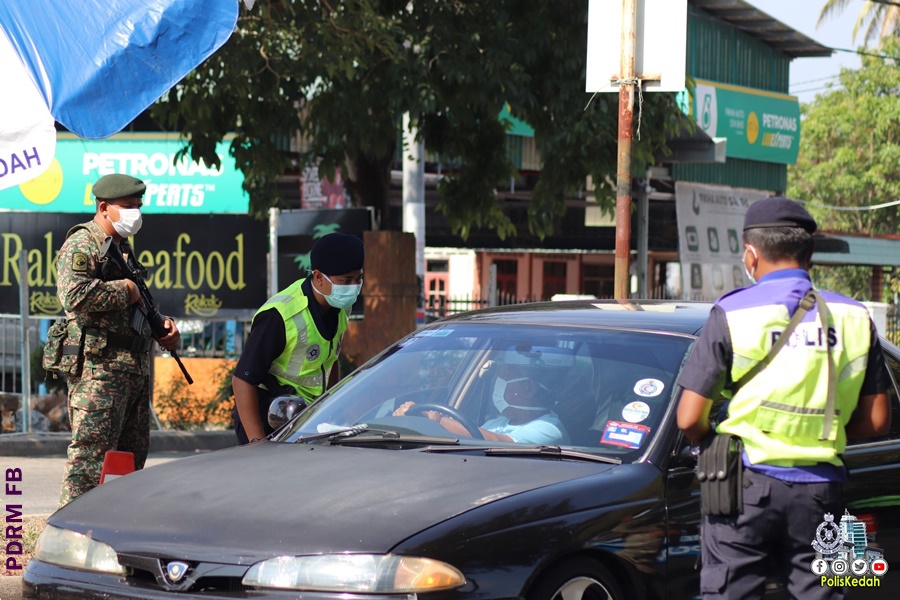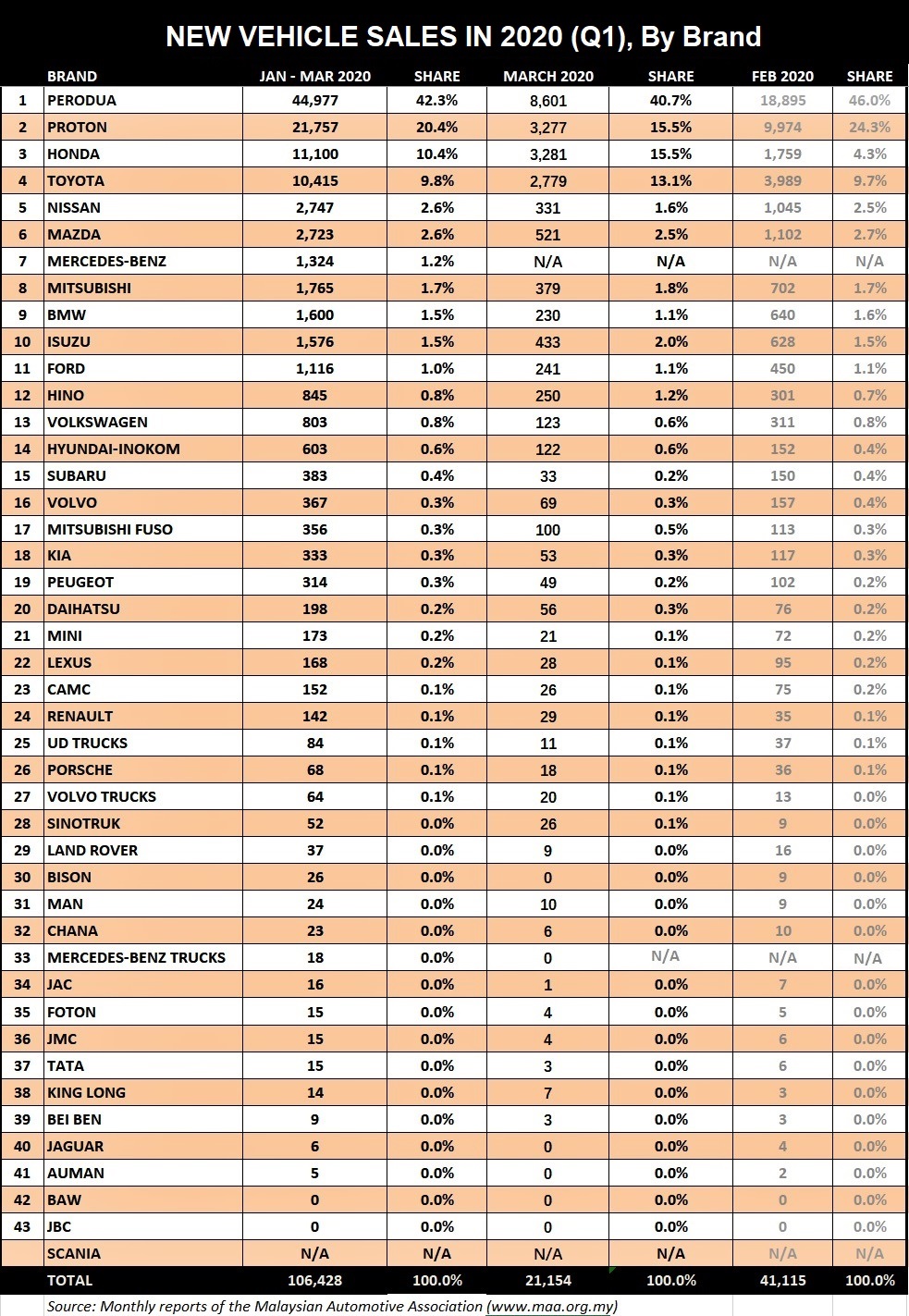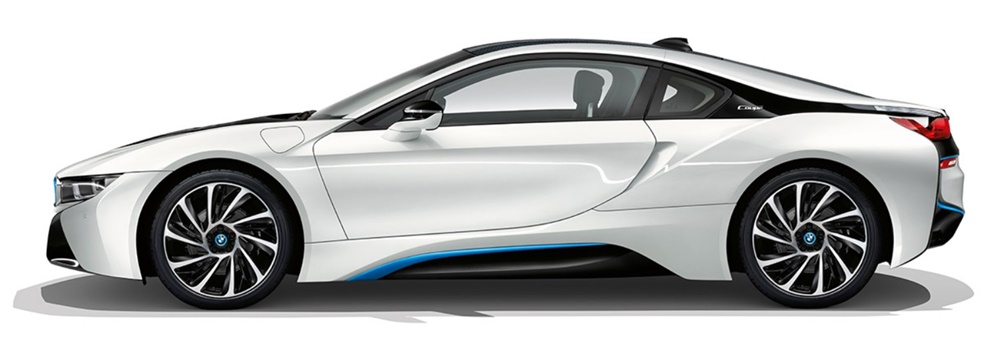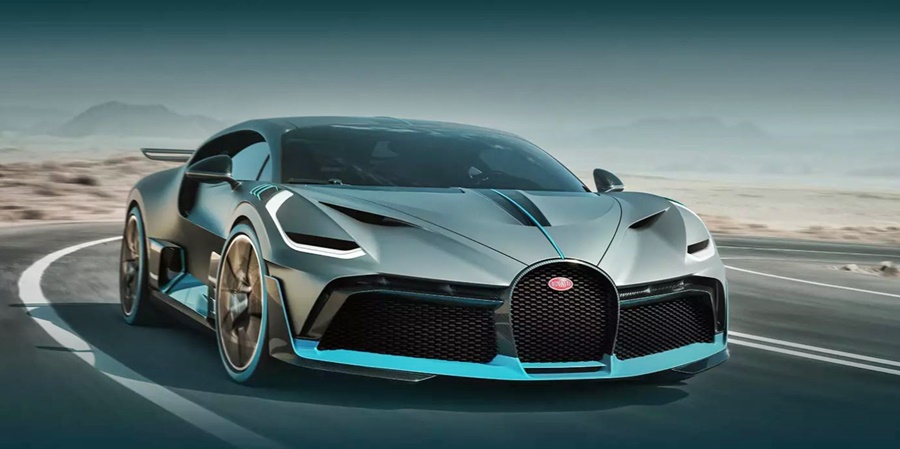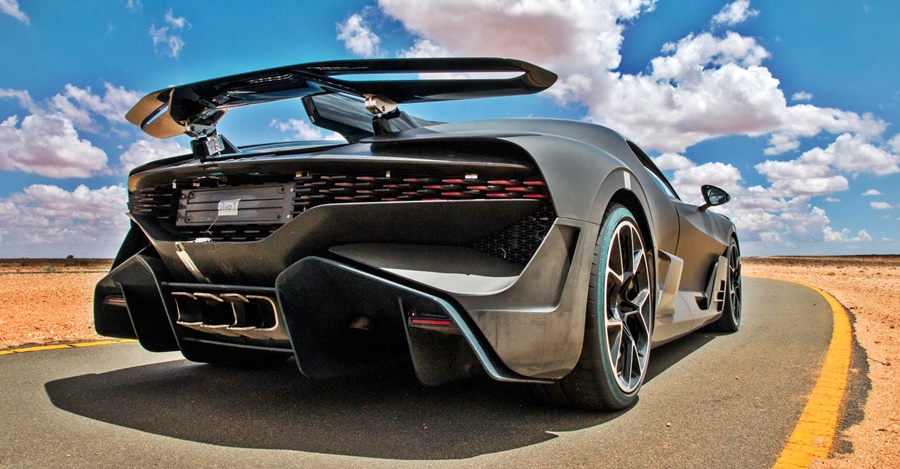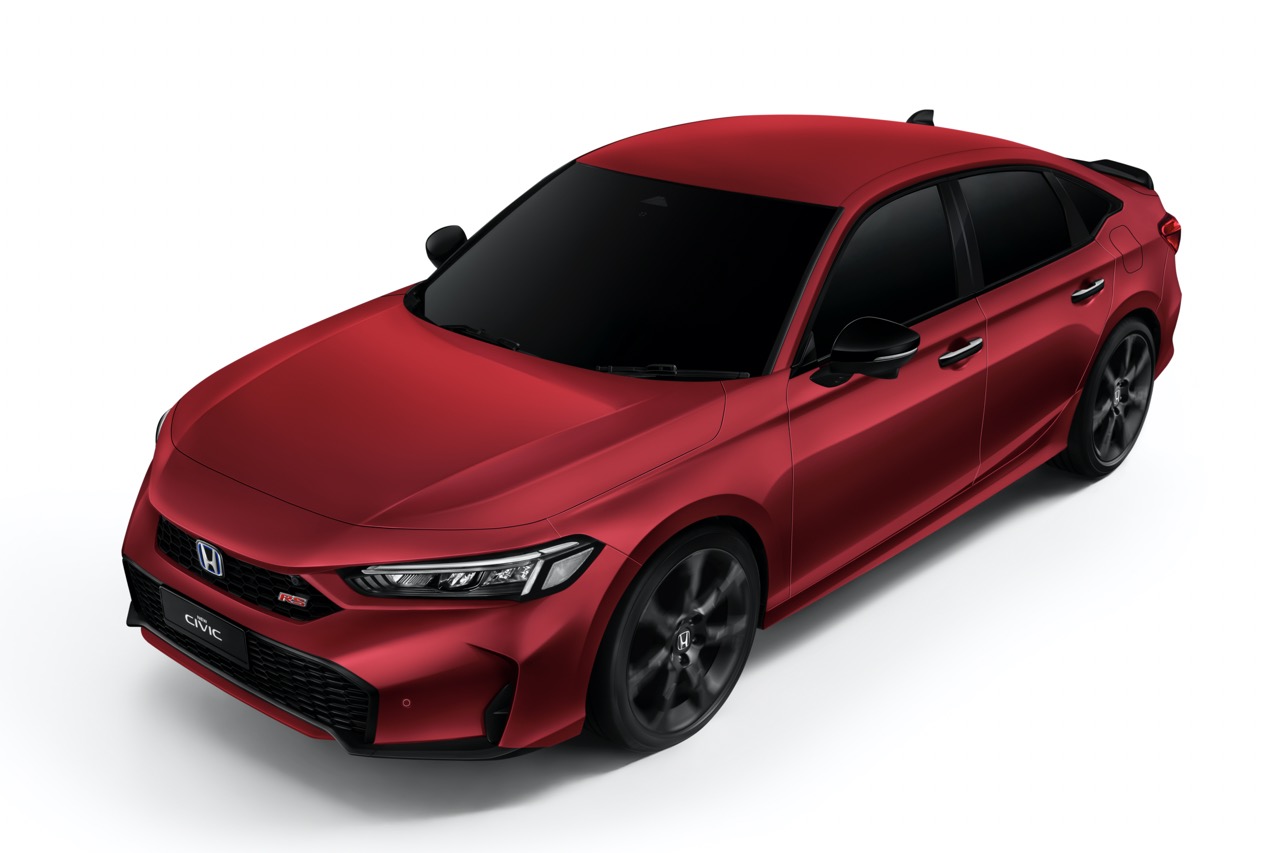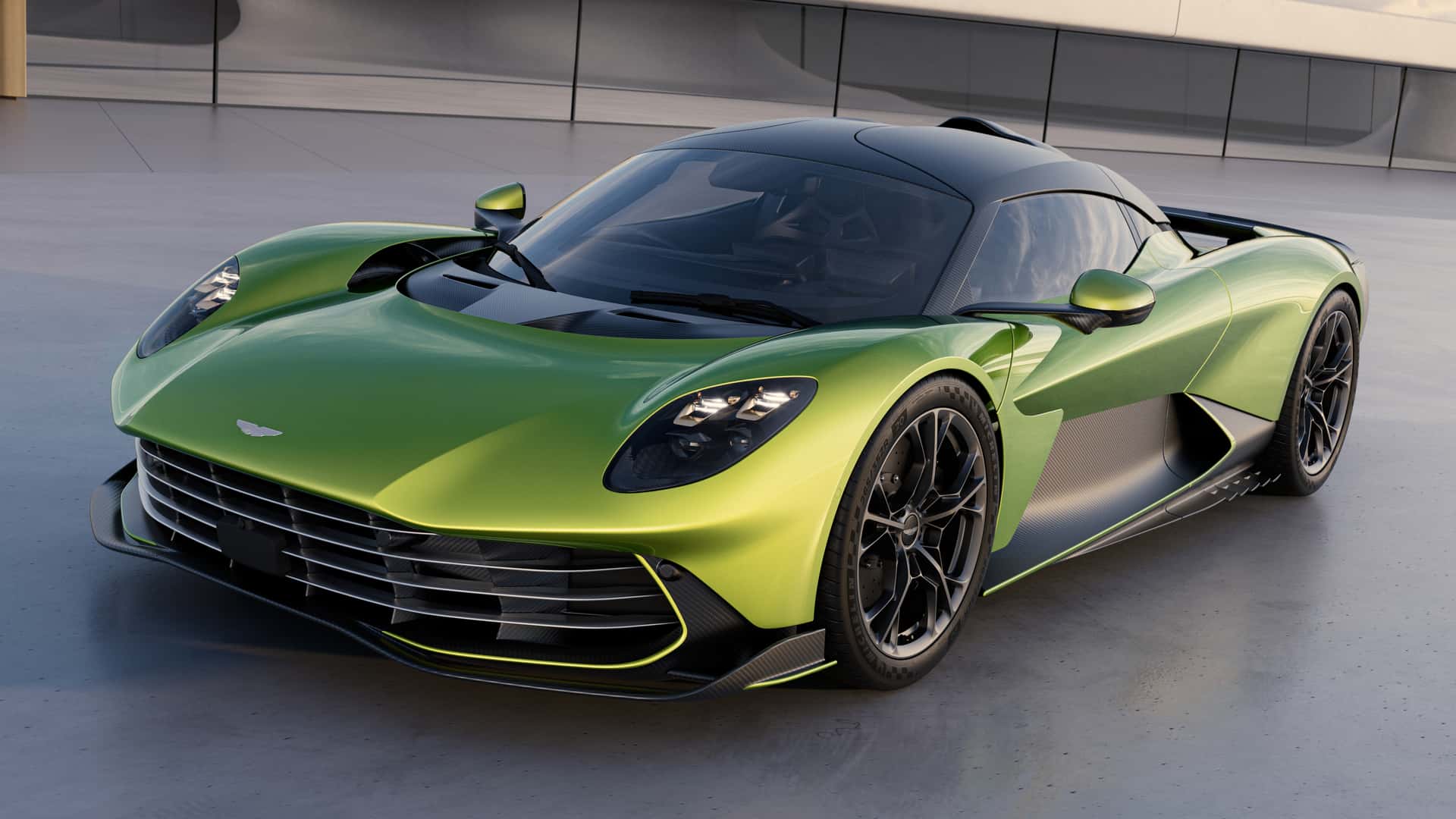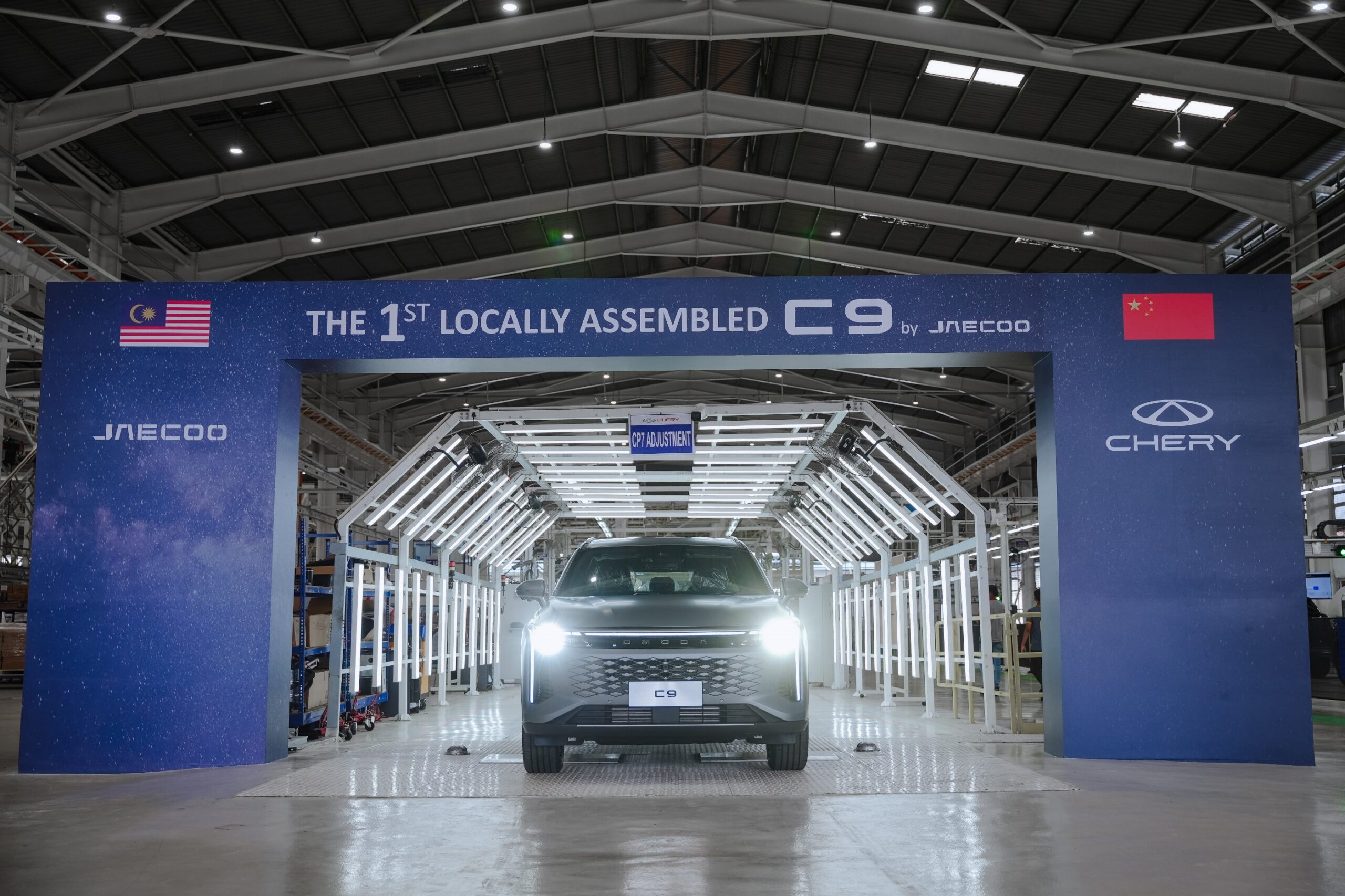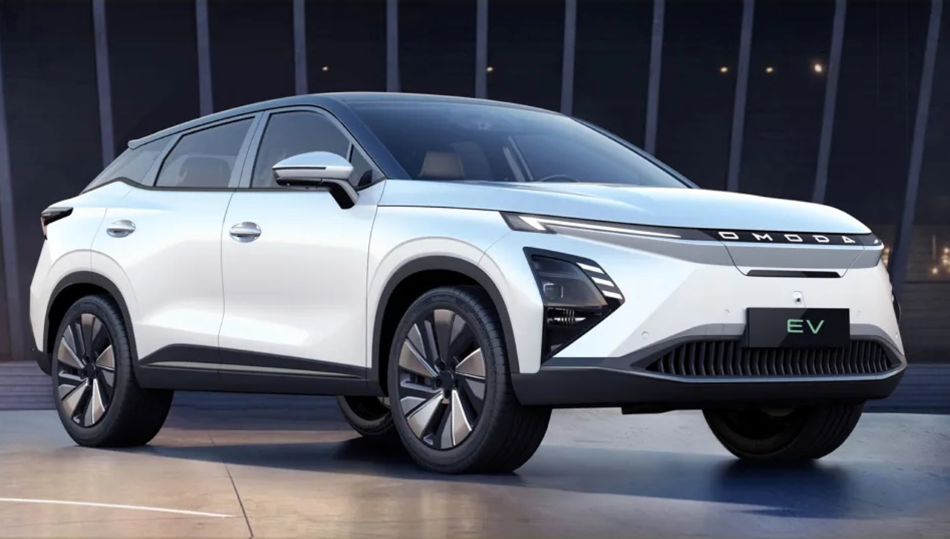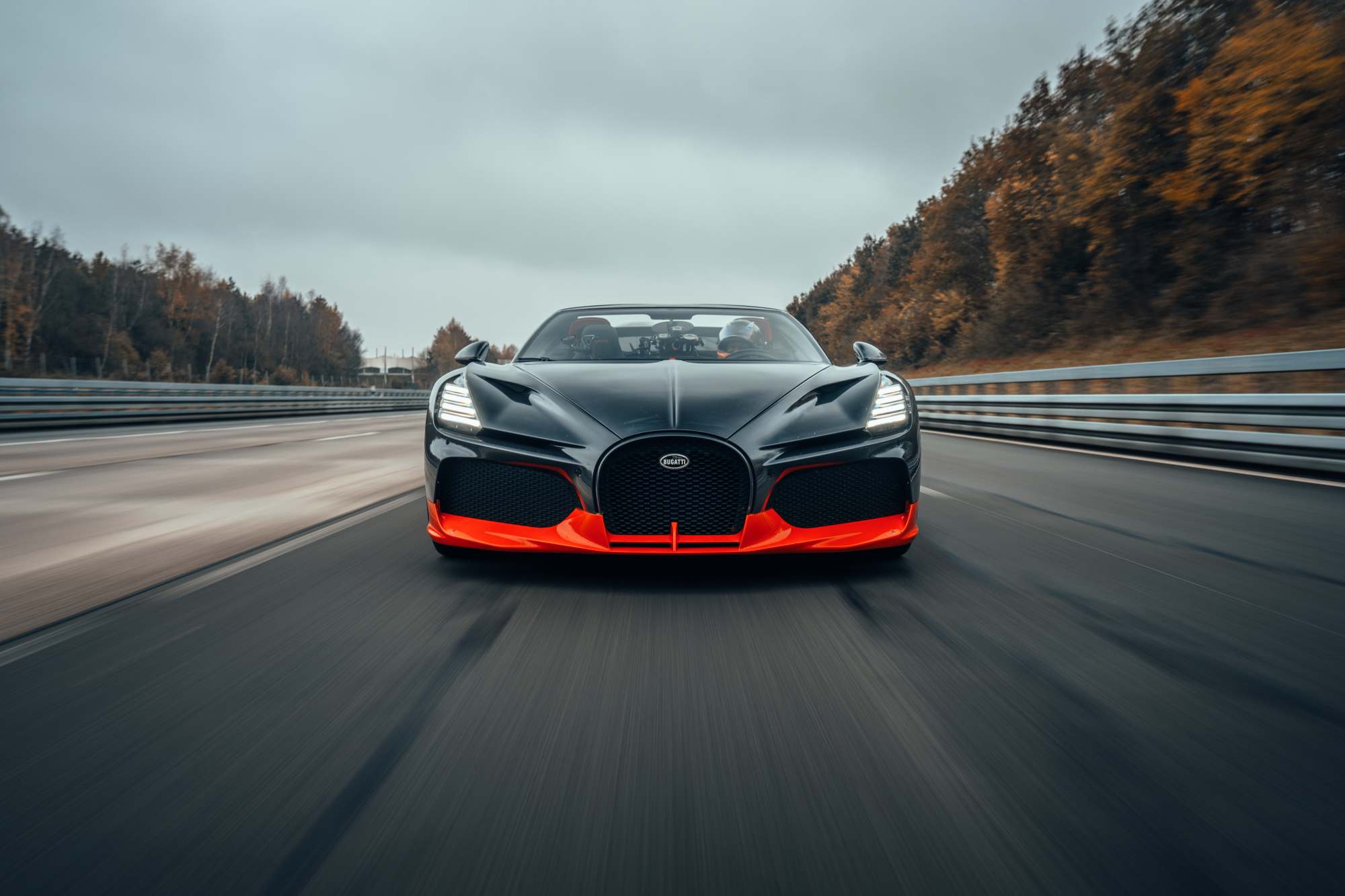Just as many Malaysians can feel some relief that the severity of the COVID-19 pandemic seems to be diminishing, Bank Negara Malaysia (BNM) and the Association of Banks Malaysia (ABM) have dampened the optimism with the announcement that there will be additional interest charges for what was to be a 6-month moratorium on loans.
This is a u-turn from what we were told on March 25. Back then, it seemed that, understanding the burden on many people during this period, BNM directed all banks to automatically allow a 6-month moratorium on loans from April 1, 2020. That meant instalments for the months of April, May, June, July, August and September 2020 need not be paid as scheduled. No application was needed as the deferment would be automatic (unless the customer did not wish to accept it) and interest/late penalty charges would not be incurred.
The move was welcome because many people have faced financial challenges since the Movement Control Order (MCO) started and their incomes have been disrupted. Therefore being able to defer their loan repayments at least gave them some breathing space.
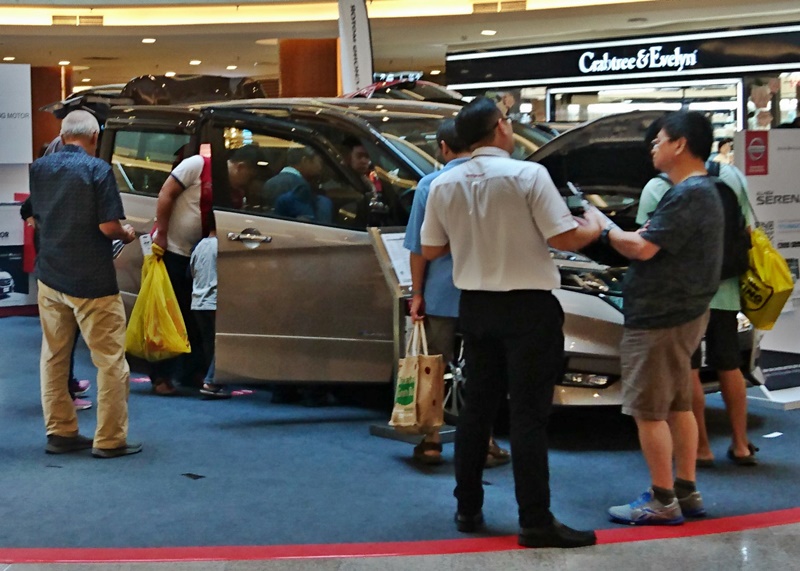
Click here for the FAQ from Bank Negara Malaysia
With the change which comes into effect from May 1, customers will not have an interest-free payment holiday from April to September 2020. Also important to note is that the banks now say that deferment will no longer be automatic H-P loans. Customers will be informed of the change and asked to confirm whether they want the deferment with the additional interest, or opt out and continue paying.
There is no penalty for opting out from May 2020. All the customer needs to do is inform the bank that payment of instalments will resume as scheduled in the agreement. BNM expects the banking institutions to allow borrowers ‘reasonable time’ to regularise any outstanding scheduled payments that were earlier deferred under the moratorium.
“BNM requires banking institutions to take appropriate steps to ensure that borrowers/customers are provided with clear information on the process and changes to the terms of their agreements, as well as convenient means to conclude these agreements in view of the movement control order.,” said a statement from BNM.
The ABM’s statement said borrowers will have two options at the end of the moratorium. The first is to pay the accumulated 6 months’ deferred instalments together with their October 2020 instalment and no additional interest will be charged. That’s going to be very tough for most people to pay 7 months of instalments at one go.
The second option is to continue the repayment of instalments post-October 2020 through an extension of 6 months in the repayment period after the original date the loan repayment period ends. In this case, interest based on the contractual rate will be charged on the amount of the deferred instalments that remains outstanding until these instalments are fully repaid, which should be by the end of the extended 6-month tenure.
The additional interest will be spread out over the monthly instalments from October 2020 which may not be too bad if you have a few more years left to your loan. It is an unusual approach since H-P loans have a fixed amount of interest for the entire period.
The banks are already notifying customers tonight via SMS or e-mail (or registered postal mail) and if you do not get any notification, check their website or visit the branch managing your H-P loan for clarification. Banks are essential services so they are open even during the MCO.

















